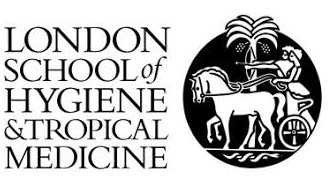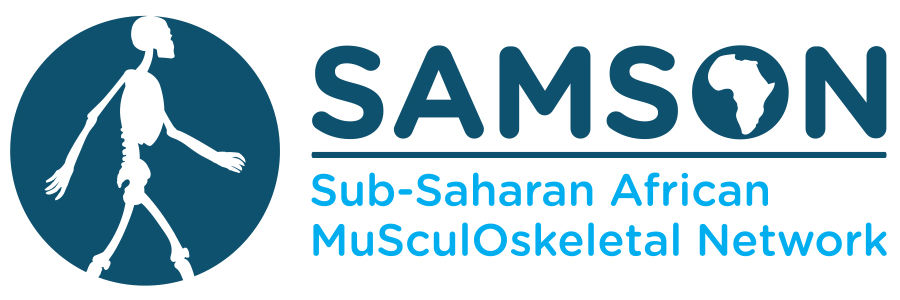Studies /
The IMpact of vertical HIV infection on child and Adolescent Skeletal development in Harare, Zimbabwe
The IMVASK Study
Funder: Wellcome Trust Training Fellowship in Public Health and Tropical Medicine
Amount: US$284,412
PI: Dr Ruramayi Rukuni , LSHTM & Biomedical Research and Training Institute, Zimbabwe
Supervisors:
Prof Rashida Ferrand, LSHTM & Biomedical Research and Training Institute, Zimbabwe
Dr Celia Gregson, Bristol
Dates: 2017-2021
Summary
The scale-up of antiretroviral therapy (ART) has reduced mortality and incident infections among perinatally HIV-infected children and increasing numbers of children are surviving to adolescence. However, they experience a range of morbidities as a consequence of HIV infection and/or treatment. Impaired linear growth (stunting), is one of the most common manifestations of vertically-acquired HIV, affecting up to 50% of children, and this in turn can adversely impact bone and muscle development and function, particularly during adolescence - a critical period of somatic growth. We hypothesize that the accrual of bone mass in HIV-infected children during growth may be reduced, which will put them at increased risk of adverse musculoskeletal outcomes e.g. fracture risk earlier in life compared to uninfected peers.
This study aims to determine the impact of HIV infection on bone density (BMD) in peri-pubertal children established on ART. 300 HIV-infected children established on ART and 300 HIV-uninfected children aged 8-16 years will be recruited into a frequency-matched prospective cohort study. Detailed musculoskeletal assessments including dual-energy X-ray absorptiometry (DXA) will be conducted at baseline and one year. The primary study outcomes include the 1) mean size-adjusted total-body less-head (TBLH) bone mineral content (BMC) for lean mass adjusted for height (TBLH BMCLBM)and lumbar spine bone mineral apparent density (LS BMAD) Z-scores by HIV status, 2) prevalence of low size-adjusted bone density, defined as TBLH BMCLBMand LS BMAD Z-score <-2 at baseline, by HIV status. 3) risk factors for low size-adjusted bone density (TBLH BMCLBM and LS BMAD Z score) in HIV-infected children. Secondary study outcomes include the mean percentage change, mean differences in DXA-measured TBLH BMCLBM (g) and lumbar spine bone mineral apparent density (LS BMAD) (g/cm3) after one year and the prevalence of low muscle function; grip strength and standing long jump-for-age (Z-score<-2).
This study will estimate the impact of HIV infection on musculoskeletal disease in children and inform the need for potential interventions to optimize peak bone mass and reduce risk of osteoporosis in adulthood.
Publications:
Research Outputs
1. The IMpact of Vertical HIV infection on child and Adolescent SKeletal development in Harare, Zimbabwe (IMVASK Study): a protocol for a prospective cohort study
2. Effect of HIV infection on growth and bone density in peripubertal children in the era of antiretroviral therapy: a cross-sectional study in Zimbabwe


